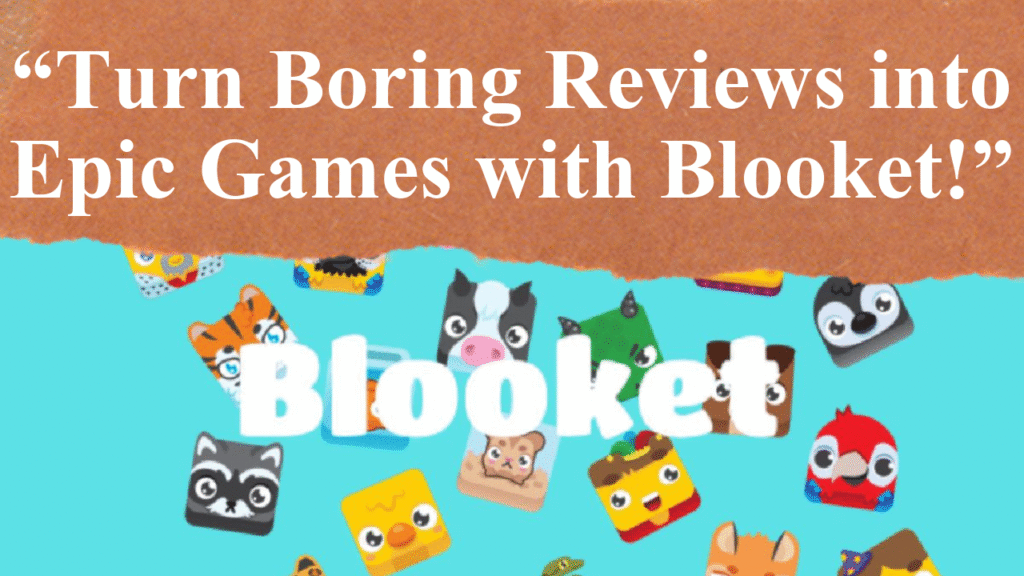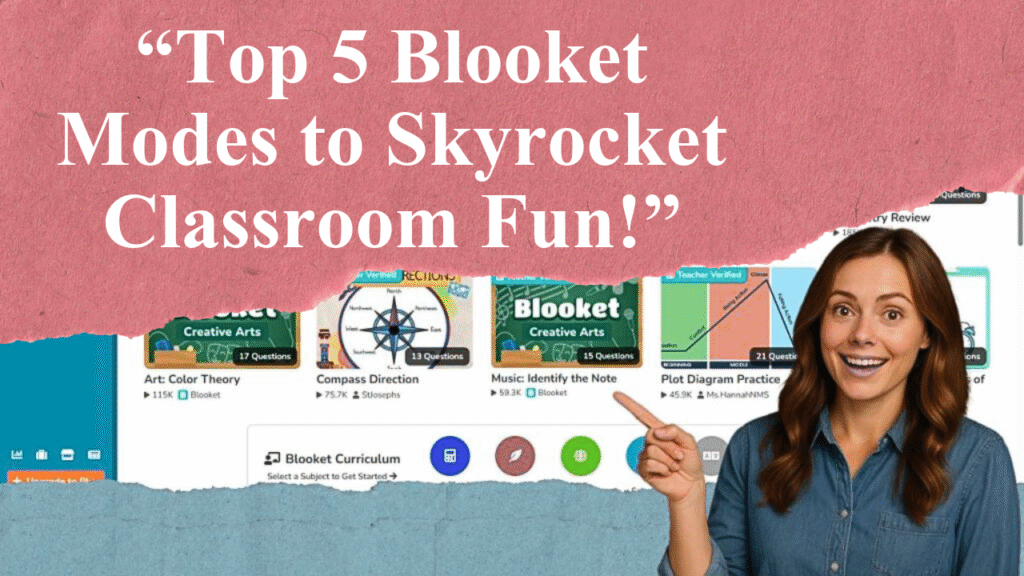Blooket and Kahoot are leading gamification platforms transforming education with interactive quizzes and games. Blooket offers diverse, video game-like modes for younger learners, while Kahoot excels in real-time, competitive quizzes for broader settings. This article compares their features, engagement, pricing, and analytics to determine which platform best suits classroom needs.
Comparing Blooket and Kahoot: The Ultimate Gamification Showdown
Features and Functionality
Blooket, launched in 2020, emphasizes a game-centric approach, blending quizzes with video game mechanics like Tower Defense and Gold Quest. Students earn points or “coins” to customize avatars, fostering engagement through a virtual economy. Its diverse game modes cater to varied learning styles, particularly appealing to K-8 students. Teachers can create custom question sets or choose from a library, with options for solo or team play. However, its free tier limits post-game analytics, and some modes rely on luck, which may dilute learning focus.
Kahoot, a pioneer since 2013, focuses on quiz-centric, real-time competition. Its classic quiz format, with timed multiple-choice questions, creates a game-show atmosphere ideal for live classroom engagement or corporate training. Kahoot supports multimedia integration, including videos and images, and offers features like Ghost Mode, where students compete against past scores. Its interface is intuitive, with a vast library of pre-made quizzes, but some advanced features require paid plans.
Engagement and Student Experience
Blooket’s strength lies in its immersive, arcade-style gameplay, which captivates younger learners. Students report higher engagement due to varied modes like Monster Brawl, which feel like video games rather than tests. However, the luck-based mechanics in some modes can frustrate students who prioritize accuracy over chance. Teachers note that Blooket’s self-paced options suit asynchronous learning, but its screen-heavy focus may distract in-person classes.
Kahoot’s high-energy, leaderboard-driven format energizes classrooms, particularly for older students or large groups. Its real-time feedback and competitive edge motivate participation, though introverted students may feel pressured by the timer. Kahoot’s simplicity ensures broad appeal, but its repetitive quiz format may lack the novelty of Blooket’s diverse modes. Students enjoy the nostalgic, fast-paced vibe, but some feel discouraged if they fall behind early.
Pricing and Accessibility
Blooket operates on a freemium model, with a robust free tier supporting up to 60 players and basic features. Its Plus plan, at $4.99/month (billed annually), unlocks advanced analytics and exclusive game modes. Kahoot’s free Basic plan supports up to 40 players with multiple-choice quizzes, but premium features like detailed reports or additional question types require paid plans, which can be costly for teachers. Both platforms are web-based, accessible via browsers, with Kahoot offering iOS and Android apps for enhanced mobile experiences.
Analytics and Teacher Tools
Blooket provides real-time feedback and post-game reports, focusing on individual student progress. Its analytics help teachers identify learning gaps, though detailed insights are paywalled. Kahoot excels in comprehensive class-wide analytics, offering data on student performance and question accuracy, ideal for formative assessments. Its integration with tools like Microsoft Teams and Google Classroom enhances usability in connected classrooms. Blooket’s customization options, like adding images or sounds, give teachers creative flexibility, but Kahoot’s streamlined quiz creation is faster for quick reviews.
Use Cases and Suitability
Blooket shines for younger students (K-8) and subjects requiring repetitive practice, like vocabulary or math. Its game variety and self-paced modes make it ideal for homeworkarct or review sessions. Kahoot suits broader audiences, from elementary to corporate settings, excelling in live, high-energy reviews or large-scale events. Blooket’s collaborative Team Mode fosters teamwork, while Kahoot’s competitive focus drives individual performance. The choice depends on teaching style, class size, and learning objectives.
User Feedback and Trends
Recent posts on X highlight Blooket’s edge in customization and engagement, with teachers praising its ability to motivate reluctant learners. However, some prefer Kahoot for its reliability and professional polish, especially in structured settings. A 2025 study found 89% of teachers favored Blooket for engagement in younger classrooms, while Kahoot dominated for scalability in larger groups. Both platforms continue to evolve, with Blooket adding new modes and Kahoot enhancing integrations.
Disclaimer: This article is based on recent web sources, user reviews, and platform data as of July 2025. Information may change as platforms update features or pricing. Always verify details on official websites (blooket.com, kahoot.com) before deciding. Consult educators or test platforms to ensure alignment with teaching goals.




